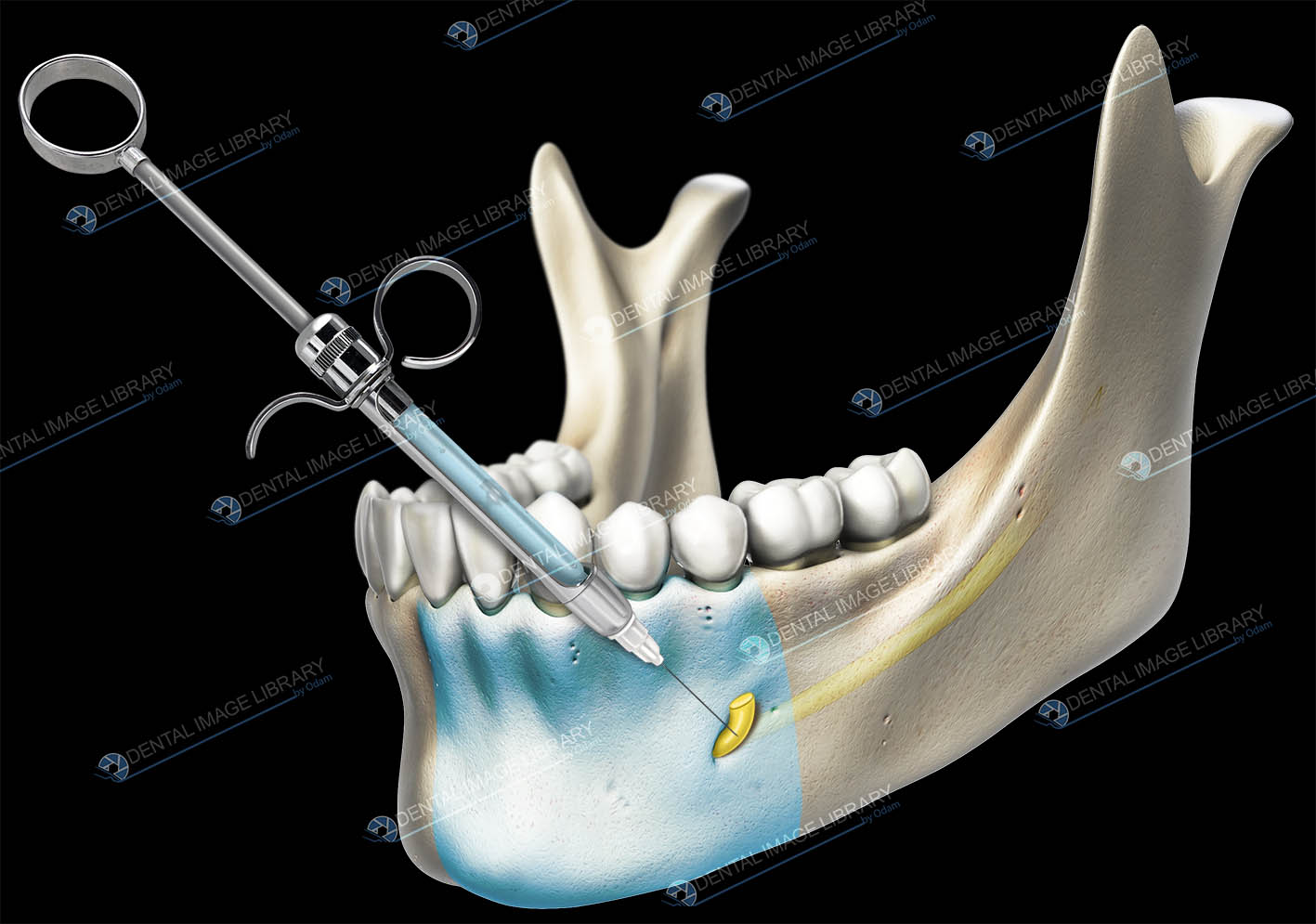Braces Bite Blocks: Improve Orthodontic Comfort
The world of orthodontics has come a long way in recent years, with advancements in technology and treatment options allowing for more efficient and effective care. One area that has seen significant improvement is in the realm of braces and bite blocks, designed to enhance orthodontic comfort for patients of all ages. In this comprehensive guide, we’ll delve into the world of braces bite blocks, exploring their benefits, types, and how they can improve the overall orthodontic experience.
Understanding Braces and Bite Blocks
For those unfamiliar with orthodontic terminology, braces refer to the devices used to straighten teeth and correct bite issues. They consist of brackets, wires, and sometimes additional components like bite blocks. Bite blocks, specifically, are small devices attached to the teeth or braces to alter the bite or facilitate jaw movement. They can be made from various materials, including plastic, metal, or ceramic, and are designed to be comfortable and non-intrusive.
The Importance of Orthodontic Comfort
Orthodontic comfort is a critical aspect of any treatment plan. When patients are comfortable with their appliances, they are more likely to adhere to their treatment regimen, attend follow-up appointments, and maintain good oral hygiene. Moreover, comfort can significantly impact the overall success of the treatment, as discomfort can lead to issues like uneven wear, appliance damage, or even treatment abandonment.
Types of Bite Blocks
There are several types of bite blocks available, each designed to address specific orthodontic needs:
- Fixed Bite Blocks: These are attached directly to the teeth or braces and are typically used to correct deep bite issues or to facilitate proper jaw alignment.
- Removable Bite Blocks: As the name suggests, these can be taken out by the patient, usually for cleaning or during meals. They are often used for milder bite corrections or as a transitional device.
- Adjustable Bite Blocks: These innovative devices can be adjusted by the orthodontist to accommodate changes in the bite or to fine-tune the treatment progression.
Benefits of Braces Bite Blocks
The integration of bite blocks into orthodontic treatment offers several benefits:
- Enhanced Comfort: By adjusting the bite and reducing pressure on specific teeth or areas, bite blocks can significantly enhance patient comfort during treatment.
- Improved Treatment Outcomes: Proper bite alignment is crucial for the success of orthodontic treatment. Bite blocks help achieve this alignment, potentially reducing treatment time and improving overall results.
- Reduced Risk of Complications: Issues like tooth wear, gum recession, or jaw pain can be mitigated through the use of bite blocks, which help distribute forces more evenly throughout the mouth.
- Customization: Modern bite blocks can be highly customized to meet the unique needs of each patient, ensuring a tailored approach to orthodontic care.
The Future of Orthodontic Comfort
As technology continues to advance, we can expect to see even more innovations in the field of orthodontics, particularly regarding braces and bite blocks. For instance, the development of smart materials that can adapt to the patient’s bite over time or devices that can be controlled remotely could revolutionize the way orthodontic comfort is managed.
Practical Applications and Examples
To illustrate the practical benefits of braces bite blocks, consider the following scenarios:
- Scenario 1: A patient with a deep bite issue is experiencing significant discomfort and difficulty eating. The orthodontist recommends the use of fixed bite blocks to correct the bite, leading to improved comfort and function.
- Scenario 2: An adolescent patient is undergoing treatment for a crossbite. Removable bite blocks are used to gradually adjust the bite, allowing for easier cleaning and maintenance of the appliances.
Decision Framework for Choosing Bite Blocks
When considering the use of bite blocks, patients and orthodontists should weigh several factors:
- Treatment Objectives: What are the primary goals of the orthodontic treatment, and how can bite blocks help achieve these objectives?
- Patient Comfort: How will the bite blocks impact patient comfort, and are there any alternatives or adjustments that can be made to enhance comfort?
- Treatment Duration: Will the use of bite blocks potentially shorten or lengthen the treatment duration, and how will this impact the overall treatment plan?
- Cost and Availability: What are the costs associated with bite blocks, and are they covered by insurance? Are there any accessibility issues that need to be considered?
Frequently Asked Questions
What are the main benefits of using braces bite blocks in orthodontic treatment?
+The main benefits include enhanced patient comfort, improved treatment outcomes, reduced risk of complications, and the ability to customize treatment to meet individual patient needs.
Can bite blocks be used for all types of orthodontic issues?
+No, bite blocks are typically used to address specific issues such as deep bites, crossbites, or to facilitate proper jaw alignment. Their use is determined on a case-by-case basis by an orthodontist.
How long do patients usually wear bite blocks as part of their orthodontic treatment?
+The duration can vary significantly depending on the type of bite block, the nature of the orthodontic issue, and the progression of the treatment. It's best to consult with an orthodontist for a personalized timeline.
Conclusion
Braces bite blocks represent a significant advancement in orthodontic care, offering patients a more comfortable and effective treatment experience. By understanding the types, benefits, and practical applications of bite blocks, both patients and orthodontists can make informed decisions about their use. As the field of orthodontics continues to evolve, it’s exciting to consider how future innovations will further enhance patient comfort and treatment outcomes. Whether you’re a patient seeking orthodontic care or a professional looking to stay at the forefront of your field, embracing the potential of braces bite blocks can lead to more successful and satisfying treatment experiences.

